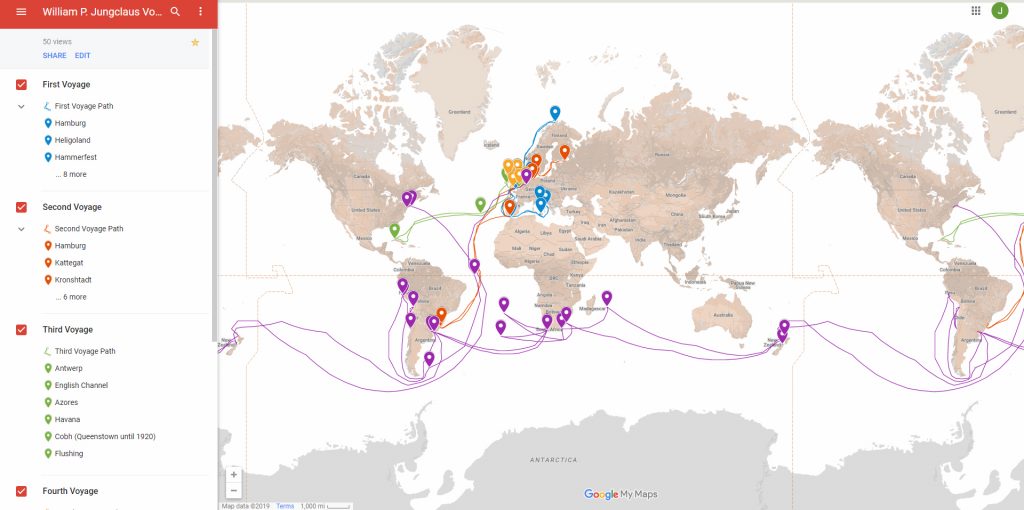
Plan your visit
Contracting Destiny: The Jungclaus Story
June 17, 2019
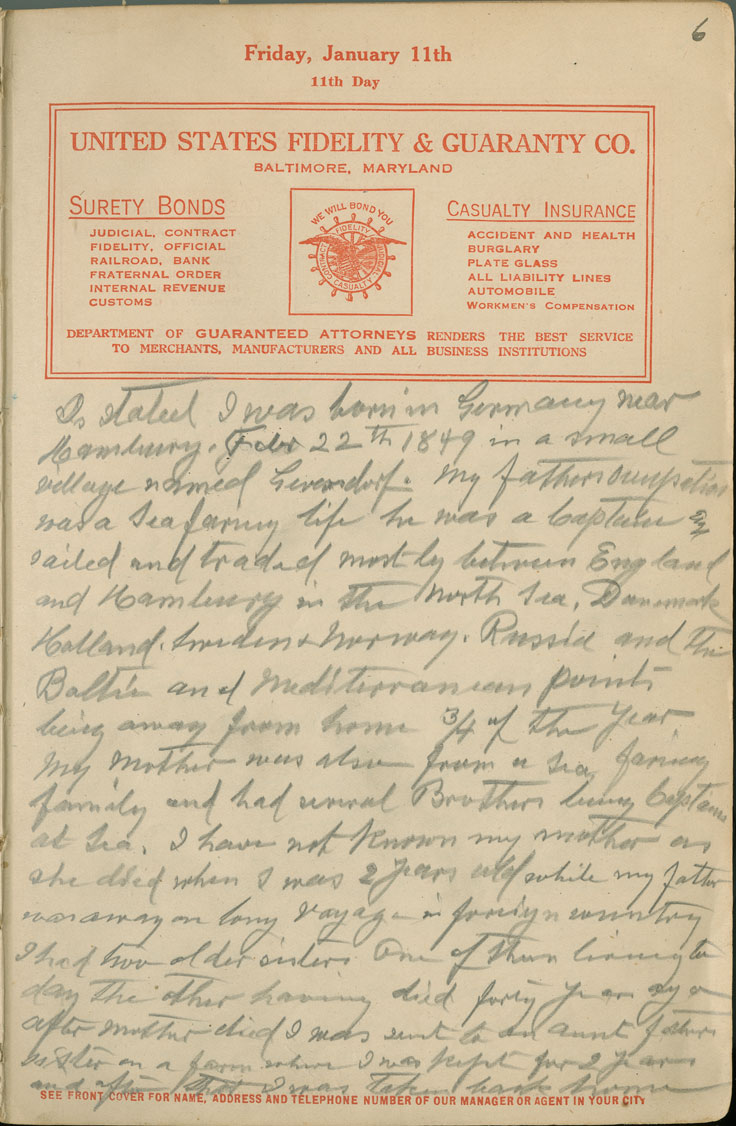
While Indianapolis is considered the Crossroads of America, one of the city’s most significant builders could not have been born further from here. William P. Jungclaus was born February 22, 1849, in a small village near Hamburg, Germany, with a seafaring father and a stepmother whose wish for him was to enter education or the clergy. After being confirmed in the Lutheran church at 14 years old, he took his first steps as a seaman following his father’s path. This diary – which you can see here – chronicles his journey from a boy on his first ship to becoming a second mate on a three-year worldwide voyage. During this time he rarely returned home, was imprisoned three times and ultimately saw five continents. Seven years later, William’s inclination toward his construction and contracting destiny truly began as he landed in America.
Largely through family connections in New York, William began work as a carpenter, utilizing skills he had developed over his time at sea. However, with the guidance of his uncle he eventually took to being a contractor and established his own company, incorporated in 1876. The Jungclaus-Campbell company still operates out of the same office on Massachusetts Avenue in Indianapolis and continues to be involved in construction and contracting in the greater Indiana area.
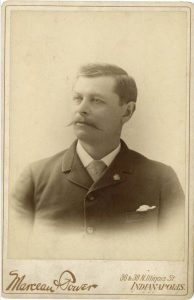
A young William P. Jungclaus
William’s upbringing highlights a variety of societal traditions and expectations but also how these aspects benefited his later profession and success in America. Secondly, the seafaring years which occupy much of the journal’s material not only tells us about the profession, but also describes the variety of cultures and communities which he interacted with, including an interesting encounter with a German-dominated community in New Zealand. Finally, his path once settling in the US and his creation and growth of his own company allowed him to establish a familial legacy. This architectural legacy can be seen in extant and celebrated buildings such as the Circle Tower, Columbia Club and Indiana Theater. The journal itself is a 245-page compelling story of an immigrant moving to America and establishing a considerable legacy, emphasizing the significant influence of immigrants on the growth, development and culture of many important American cities.
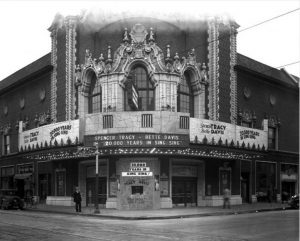
Indiana Theater
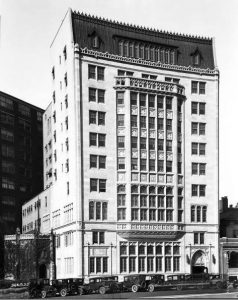
Columbia Club




